Nanoparticle Carrier-Another Option For Nucleic Acid Delivery | BOC Sciences. Gene therapy and oligonucleotide drugs can alleviate or cure many diseases that traditional methods cannot cope with, especially those caused by gene defects or abnormalities.
Although RNAi is considered to be more effective in treating diseases compared with other methods, there are still some challenges in delivering small interfering RNA (siRNA) to diseased sites for gene therapy.
Nanoparticles have unique advantages compared with other carriers and been paid attention to for RNAi delivery.
Nanoparticles are particulate dispersions or solid particles with a particle size in the range of 10-1000 nm.
The use of nanoparticles for delivery can achieve enhanced permeability and retention (EPR) effects.
Its higher electric potential and specific surface area make the gene load larger, and can also protect nucleic acid molecules from enzymatic degradation and immune recognition.
Compared with other carriers, it has higher transport efficiency across cell membranes.
In addition, nanocarriers usually have good biocompatibility and even biodegradability, so they have little impact on cell growth and metabolism.
Lipid nanoparticles
Lipids are promising and versatile carriers.
The current lipid-based systems mainly include liposomes, micelles, emulsions, and solid lipid nanoparticles (SLN).
Liposomes are composed of phospholipids, which are easy to form a closed lipid bilayer in an aqueous solvent, thereby forming nano-scale particles.
Liposome nanocarriers have been widely used in the research of oligonucleotide drugs, especially antisense oligonucleotides (ASO) and siRNA.
Liposomes include cationic, neutral, and anionic liposomes.
Cationic liposomes are usually used as delivery vehicles because they are easily combined with negatively charged nucleic acids, that is, with the negatively charged phosphoric acid present in the nucleic acid through electrostatic force.
The groups interact to form nanoparticles.
This lipid complex protects the genetic material from degradation and is delivered in mammalian cells.
For example, the FDA approved the siRNA drug Onpattro for the treatment of hereditary amyloidosis, which encapsulates siRNA in lipid nanoparticles and delivers the drug directly to the liver through intravenous infusion to prevent the body from producing disease-causing proteins.
Polymer nanoparticles (PNP)
Cationic polymers have become another major type of non-viral gene delivery vehicle due to their ease of synthesis and flexibility.
For example, synthetic or natural siRNA nanopolymers are colloidal solid materials that are specifically designed to degrade in the body without producing toxic components.
Polymers can be combined with nucleic acids to form multimeric complexes at physiological pH to facilitate gene delivery.
Generally, polymer nanoparticles have positively charged units to promote electrostatic binding with nucleic acids.
However, by using a degradable linker (such as a disulfide bond or a sulfhydryl-maleimide bond), the covalent linkage of nucleic acid and polymer can also be achieved.
Representatives in this category are synthetic polymers, such as poly-L-lysine, poly-L-ornithine, linear and branched polyethyleneimine (PEI), diethylaminoethyl- Dextran, polyamide-amine dendrimer (PAMAM) and polydimethylaminoethyl methacrylate (PDMAEMA). In addition, natural polymers such as chitosan (CS), dextran, and gelatin, as well as complex synthetic substances are currently under investigation.
Metal nanoparticles
As a gene carrier, the structure of metal nanoparticles usually takes metal as the core and functional material as the shell, including good biocompatibility, storage stability, easy preparation, versatility, and low toxic and side effects.
It can also make certain Some materials with gene delivery properties have the functions of targeting, controllability, and imaging.
However, metal nanoparticles are not easily degraded in the body, and the potential safety hazards make their clinical application limited.
Because magnetic nanoparticles and gold nanoparticles have biocompatibility and low toxicity, they are widely studied by researchers as delivery vehicles.
Inorganic non-metallic nanomaterials
Some gene carriers are obtained by hybridizing inorganic non-metallic nanomaterials with functional molecules, including carbon materials and silicon materials.
The biosafety of inorganic non-metallic nanoparticles is better than that of metal nanoparticles, and functional molecules modified on them are usually superior to the functional molecules themselves in terms of transfection efficiency, but the biodegradability of inorganic non-metallic nanoparticles still needs to be improved.
other
Lipid-polymer hybrid nanoparticles (LPHNP) are nanoparticles that contain two or more nanostructures.
It is possible to use both organic and inorganic materials to achieve their functions.
These materials help reduce adverse side effects. Stable nucleic acid-lipid particle (SNALP) is a siRNA molecular delivery platform that has shown promise in different animal models.
It consists of a lipid bilayer based on a mixture of fusion lipids and cationic lipids.
This lipid bilayer can achieve endosome release and thus promote the cellular uptake of siRNA.
In addition, during the preparation process, the surface of SNALP is also coated with PEGylated liposomes to provide a neutral hydrophilic outer layer so that these particles can remain stable in the bloodstream during the injection.
Summary
In view of their high specificity, ease of modification and effective targets, gene therapy, and oligonucleotide drugs have always attracted attention.
However, due to the instability of nucleic acids in the blood, the design of related drug delivery systems has always faced many challenges, and the potential of new therapies needs to be further explored.
As one of the best methods to achieve effective delivery of nucleic acid drugs, nanoparticle carriers have been recognized by the industry.
Of course, it is undeniable that the shortcomings of nanoparticle carriers such as low transfection efficiency and toxicity still need to be improved.
SOURCE: https://rna.bocsci.com/support/nanoparticle-carrier-another-option-for-nucleic-acid-delivery.html
Business Hours
| Open | Close | ||
|---|---|---|---|
| Monday | Open Today (24 Hours) | ||
| Tuesday | Open (24 Hours) | ||
| Wednesday | Open (24 Hours) | ||
| Thursday | Open (24 Hours) | ||
| Friday | Open (24 Hours) | ||
| Saturday | Open (24 Hours) | ||
| Sunday | Open (24 Hours) | ||


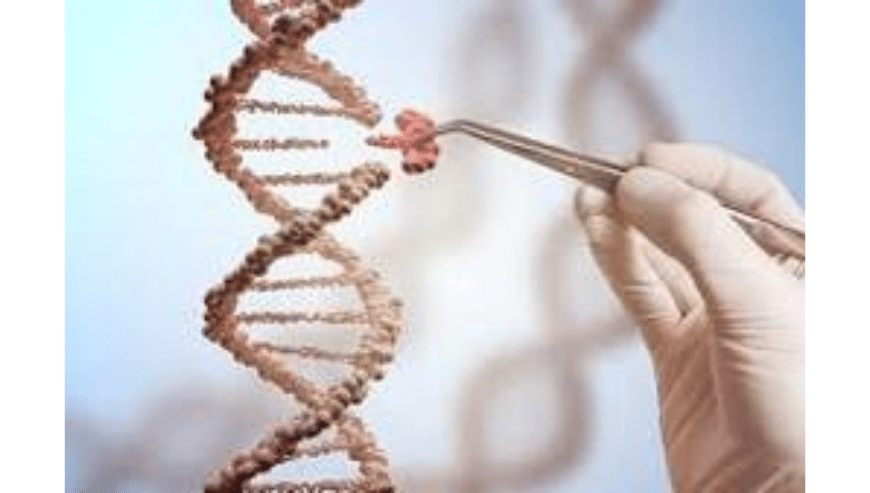

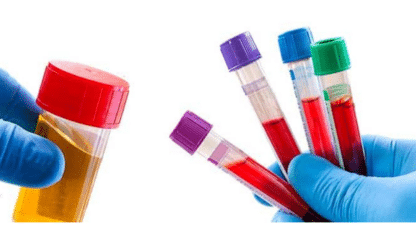

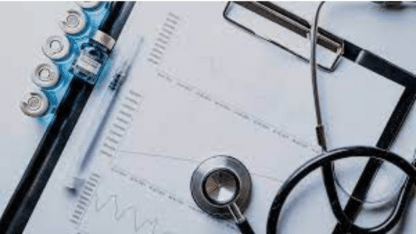
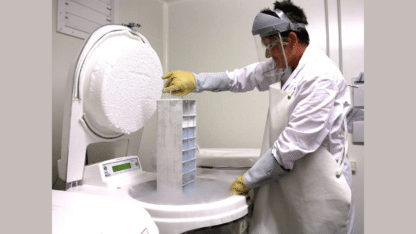
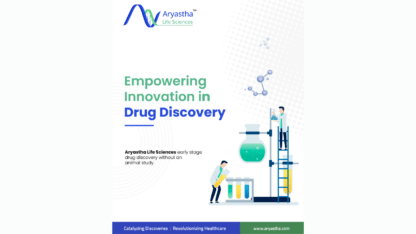





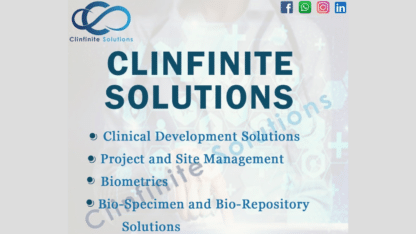


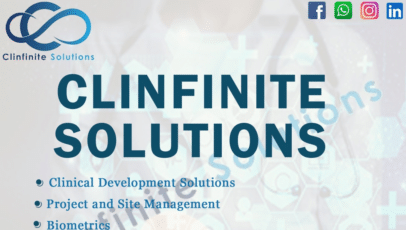
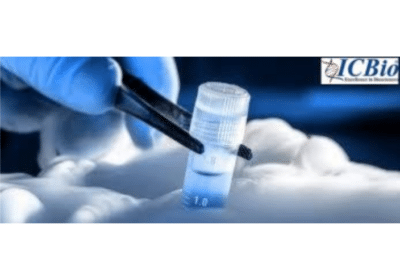

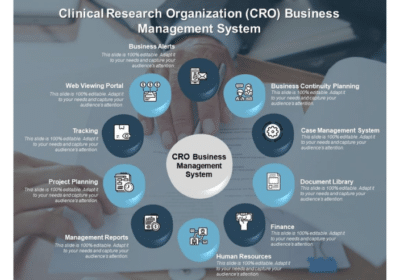




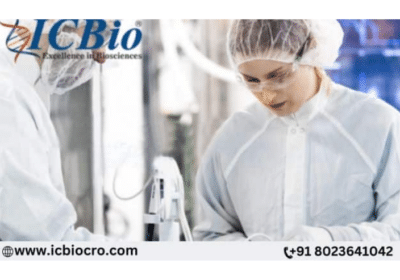

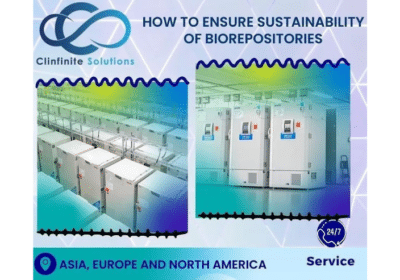

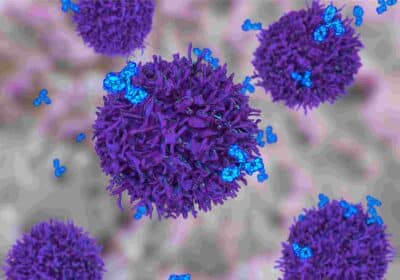
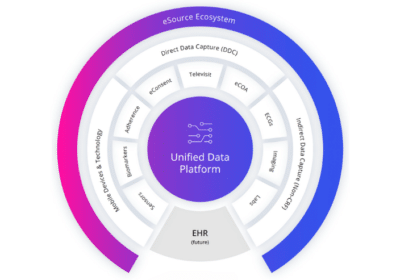








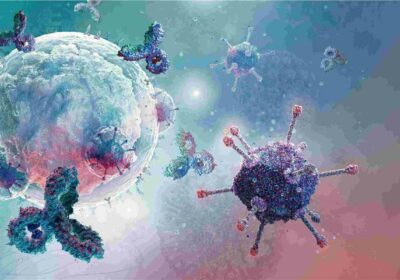

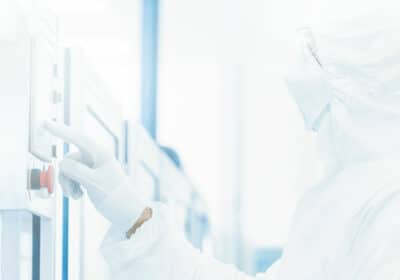
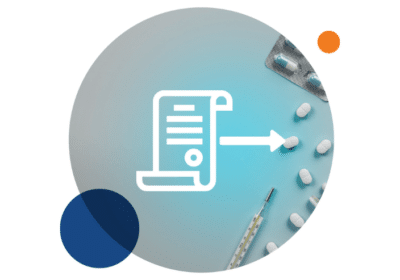


You must be logged in to post a review.